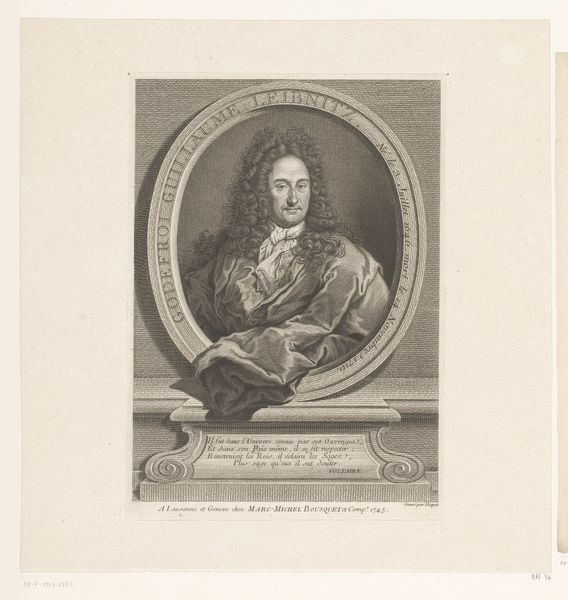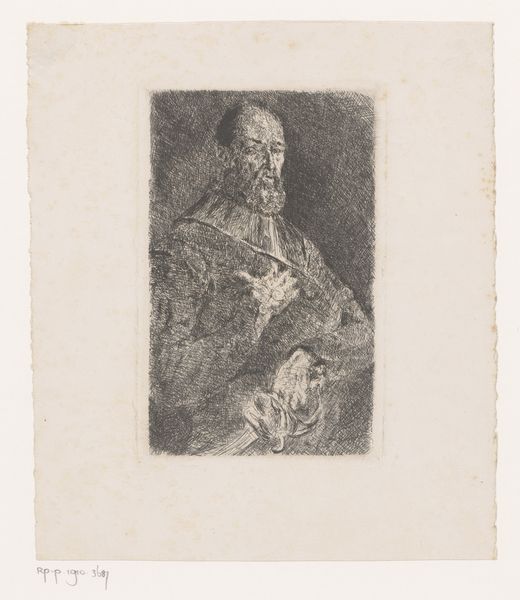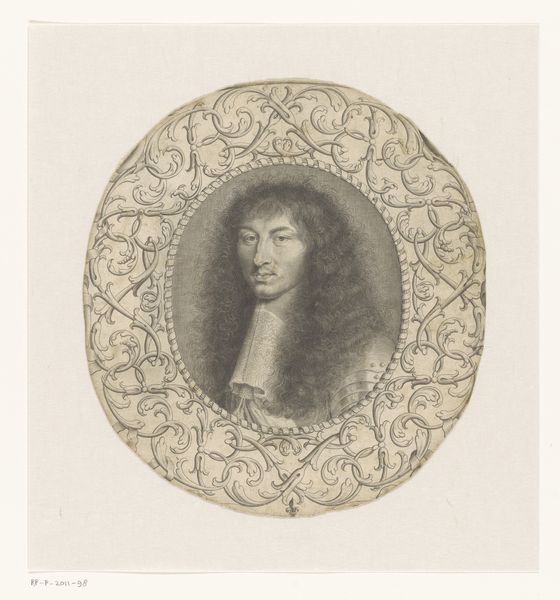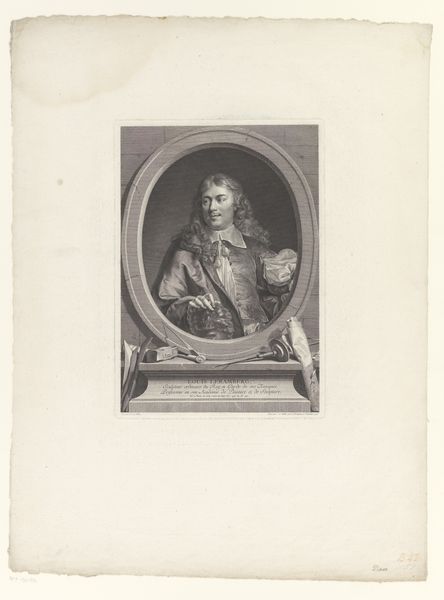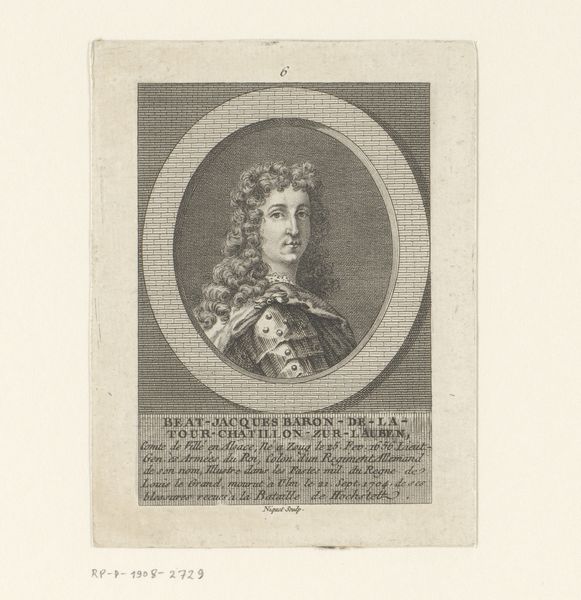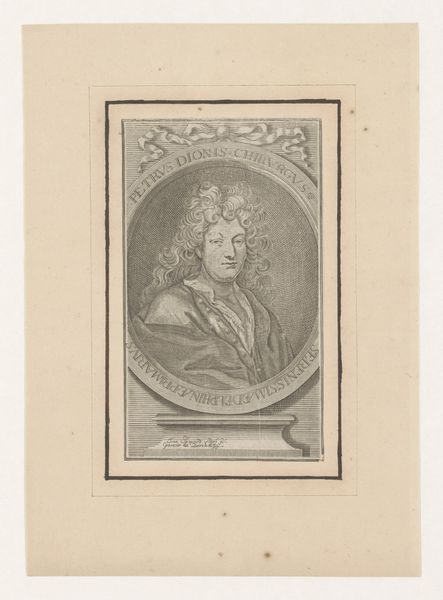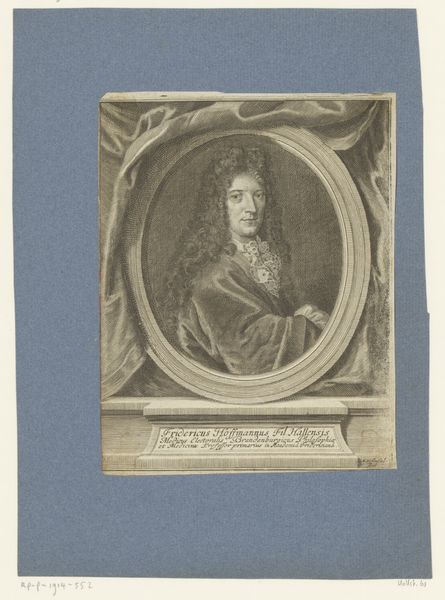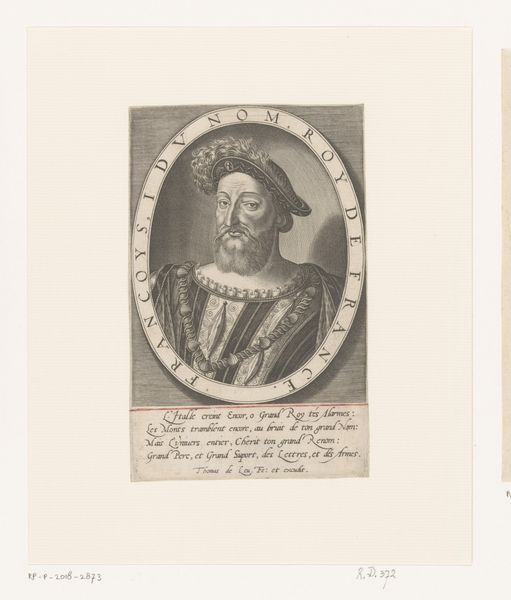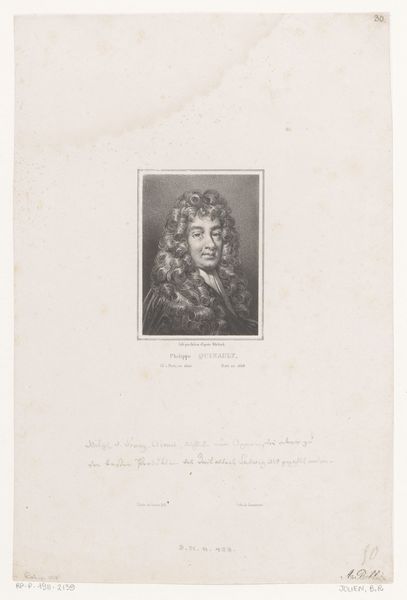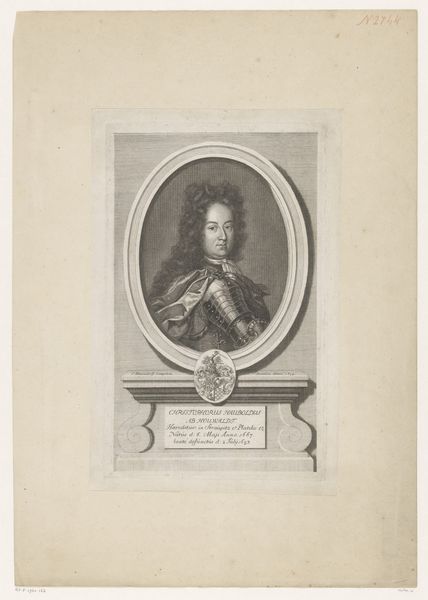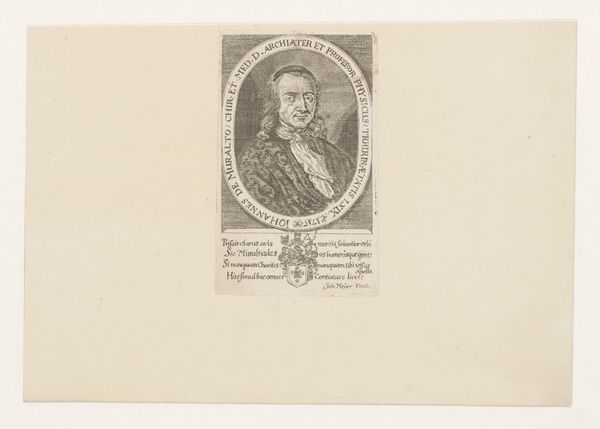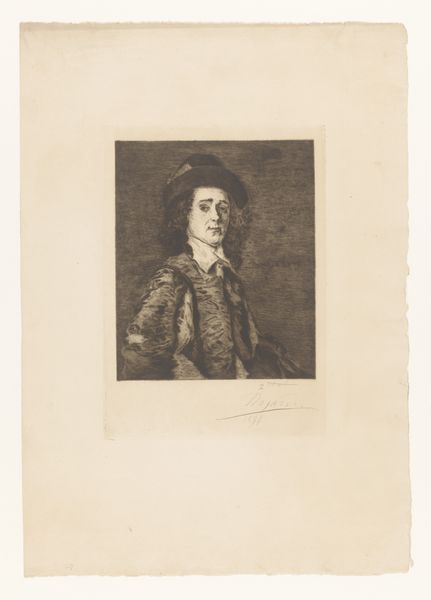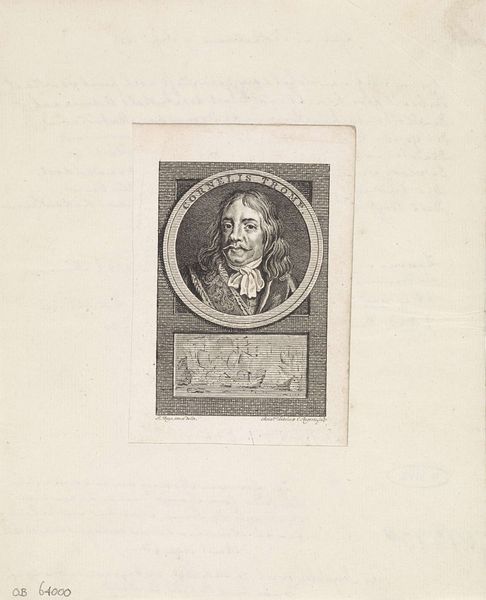
print, woodblock-print, wood-engraving, engraving
#
portrait
#
ink paper printed
# print
#
woodblock-print
#
united-states
#
wood-engraving
#
engraving
Dimensions: 5 3/8 x 6 5/16 in. (13.65 x 16.03 cm) (image)9 9/16 x 11 15/16 in. (24.29 x 30.32 cm) (sheet)
Copyright: Public Domain
Curator: William B. Closson rendered this portrait, entitled "Charles I and Henrietta", as an engraving sometime in the 19th century. Editor: The detail is astounding; it is so sharp. There’s something melancholy about this piece, though. Perhaps a somber kind of regality? Curator: Well, engraving offered artists a way to disseminate images widely. Consider its socio-political potential— suddenly royal imagery isn’t just for the elite. It enters a public sphere. Editor: Absolutely. Think about the subjects though – Charles I. Even divorced from its initial creation, doesn’t his image now evoke themes of monarchy challenged and power overthrown? This echoes wider conversations around accountability of powerful individuals and the fragility of legacy, something still felt today. Curator: He lost his head, quite literally! I think Closson looked to the old masters—reinterpreting these regal paintings for a new audience, perhaps to capitalize on a renewed interest in British history during the 19th century in America. Editor: I read into it the inherent contradictions of monarchy. It sets up expectations around perfection and succession that always crack eventually, exposing the flawed humanity within. Gender dynamics here are worth noting, too: what does it mean for Henrietta to be captured as an appendage of Charles in visual representation? Curator: Prints like this could circulate in periodicals, finding their way into homes, libraries. These pieces shape historical memory but also our contemporary relationship with representations of leadership. Editor: It leaves one pondering how we frame and understand our historical narratives, who has the authority to tell these stories, and, ultimately, what lessons we draw from the past to confront the pressing socio-political issues of the present. Curator: The original context contrasts sharply with how later audiences engage with such images, allowing for continual reinterpretations of its significance. Editor: A compelling example of art reflecting, and refracting, both its time and ours.
Comments
No comments
Be the first to comment and join the conversation on the ultimate creative platform.
